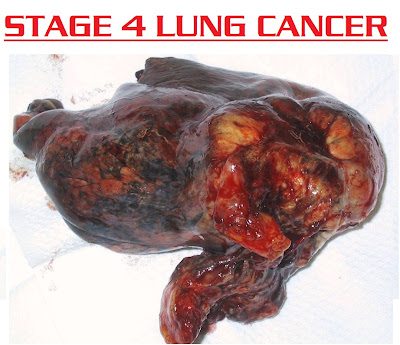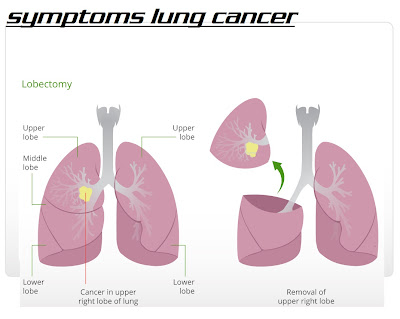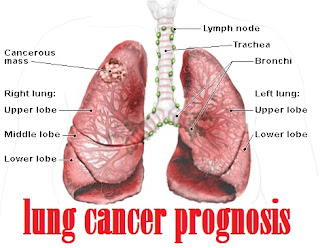stage 4 lung cancer
Stage IV is the most advanced stage of lung cancer, and includes any size tumor that has spread beyond local lymph nodes to a distant site outside the chest. If a primary tumor has spread to the opposite lung, it is classified as stage IV as well.
A stage IV lung cancer diagnosis can also describe patients with an abnormal collection of fluid around their lungs or heart. For the lung this is known as malignant pleural effusion, and for the heart, malignant pericardial effusion. Both are common complications among late stage lung cancers.
Because stage IV lung cancer has spread outside the lung, it is considered too widespread to be cured surgically. Although stage IV cancer is almost always incurable, it is still treatable. Several palliative therapies can improve a patient's survival and quality of life by controlling tumor growth and relieving the pain caused by cancer symptoms.
Lung Cancer Staging by Type
There are two primary types of lung cancer that doctors distinguish by the types of cells involved. Because the two types grow and spread differently, doctors will consider the patient's type and stage of cancer before suggesting any treatments.


